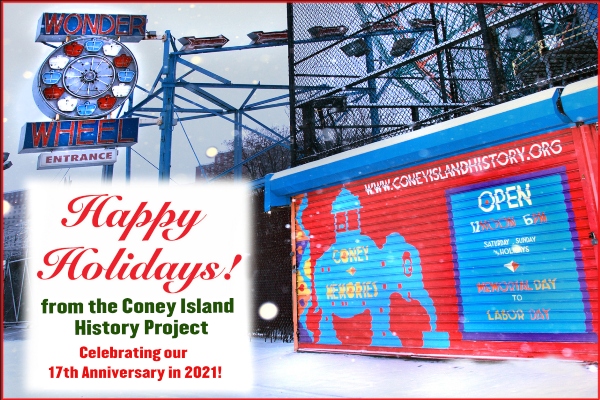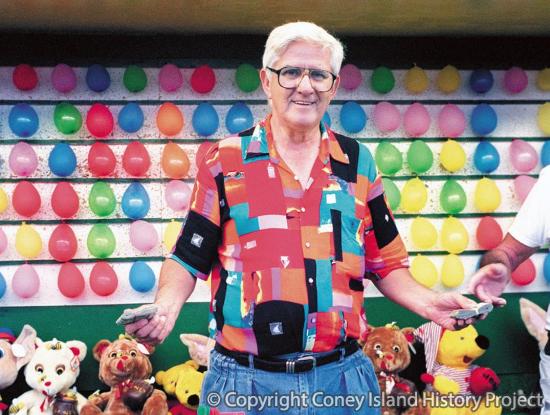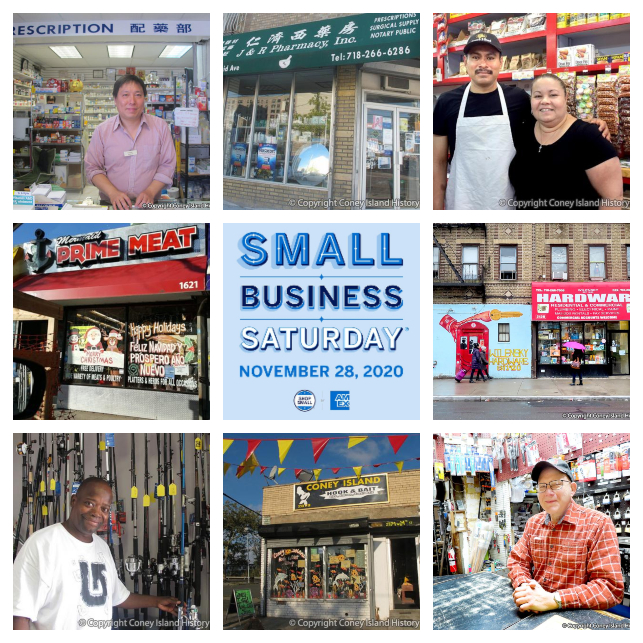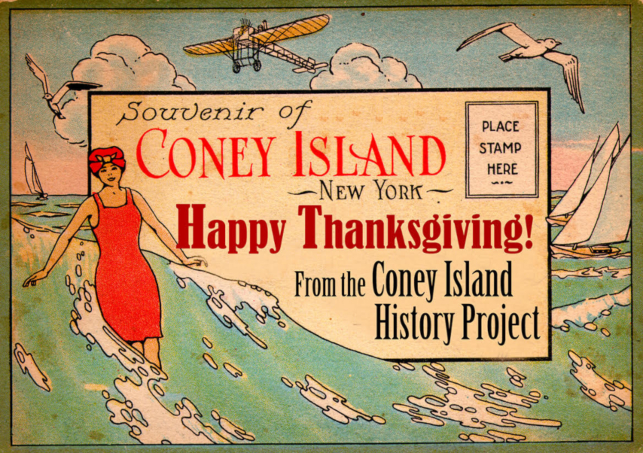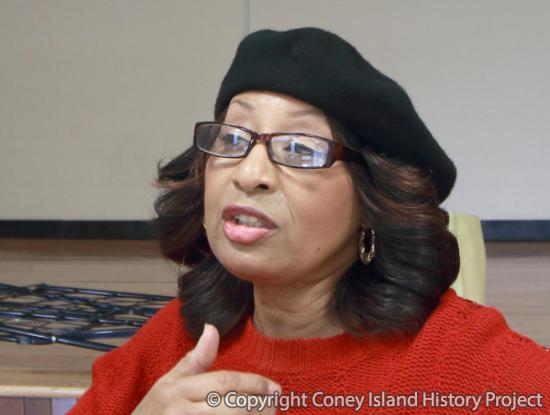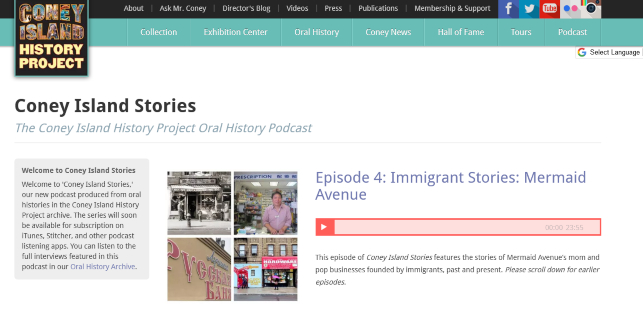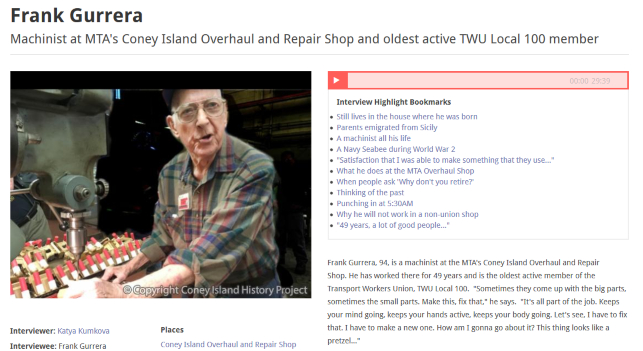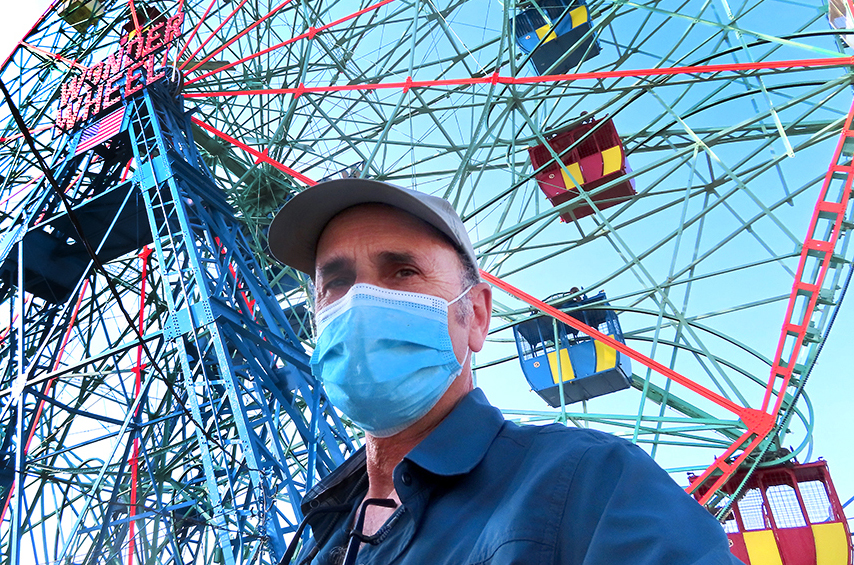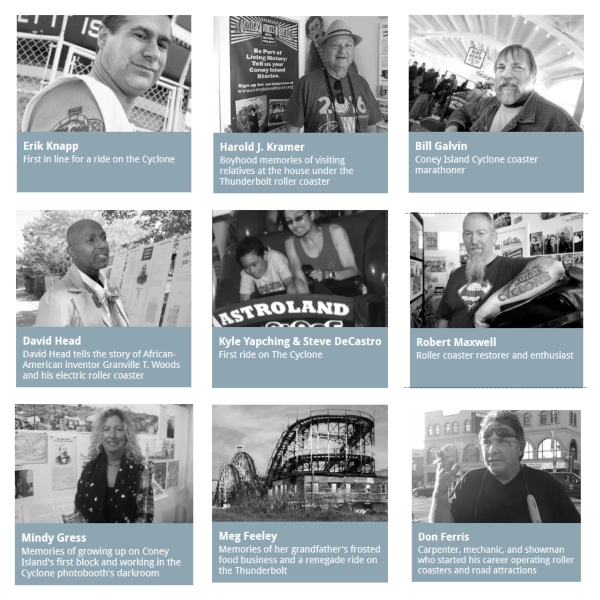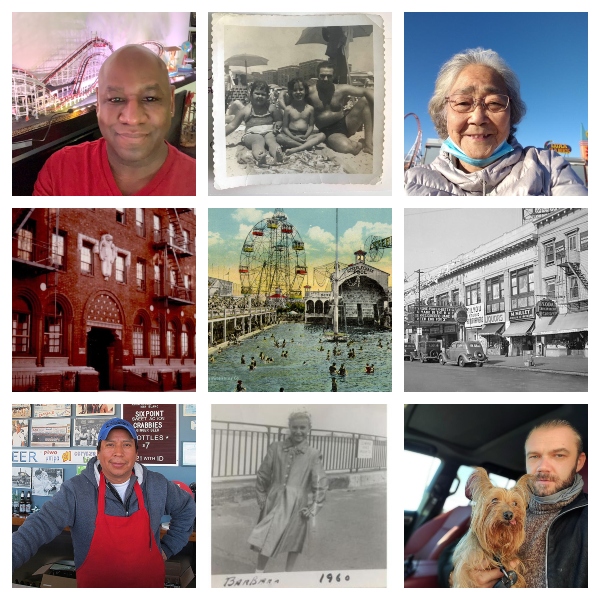
Among the new additions to the Coney Island History Project's Oral History Archive are the following interviews recorded by Kaara Baptiste, Keenan Chen, Charles Denson, Leila Goldstein, Julia Kanin, Ali Lemer, Shavon Meyers, Mónica Cordero Sancho, and Tricia Vita. Please listen, share, and if you or someone you know would like to record a story remotely via phone, Skype or Zoom, sign up here. We record interviews in English, Russian, Chinese, Spanish and other languages with people who have lived or worked in Coney Island and adjacent neighborhoods or have a special connection to these places.
Coney Island resident Stanislav Baev is the founder of American Alliance for Protection of Animals, a not-for-profit that promotes animal welfare. In addition to rescuing animals from the streets and finding foster and forever homes for them, AAPA manages two feral cat colonies in Southern Brooklyn. Recorded in Russian with Russian transcript and English translation.
Jeffrey Berman, 77, is a Coney Island native who has lived in Sea Gate since establishing his first artist's studio here when he was in his 30s. On teaching drawing from life at the Seaside Innovative Senior Center, he says: "For older artists, this is a good thing. You have to develop a memory for what you're looking at, so a lot of things go into working from life. You get eye hand coordination. Your mind gets new pathways."
Greg Birbil recalls 'Pop's store' - the Paradise Luncheonette - a fixture on Surf Avenue across from Steeplechase Park from 1928 through the 1950s. He also shares stories of working at Steeplechase as a teen and the community of Greeks from Asia Minor in Coney Island in the 1940s-'50s.
Nancy Gabriel, 94, talks about visiting her great uncle, Peter Lazaris, who ran a food concession at Steeplechase Pool from the 1930s through the 1950s, and riding the Steeplechase horses and the Chanticleer carousel.
Lifelong Brighton Beach resident Amparo Garcia shares stories of Brighton then and now. While many of her Lincoln High School classmates have relocated to the Carolinas and Florida, Amparo has no plans to leave Brighton Beach. "I'm not ready. It's not for me," she says. "I have everything right here."
Roller coaster enthusiast John Hunt has been building scale models of coasters and amusement park attractions since he was a boy. Among his most popular models are Coney Island's world-famous landmarks -- the Cyclone Roller Coaster, Deno’s Wonder Wheel and the Parachute Jump.
Barbara Unterman Jones shares memories of being one of the first families to move into Coney Island's NYCHA Gravesend Houses when it was built in 1954. She recalls a sense of community with residents sitting on a bench in front of the building, seltzer delivery to her door, and having free run of the neighborhood, including the beach and boardwalk, as a child.
Sheldon Krimsky lived at 2995 West 29th Street until he graduated from college. "When I went back to my street, there is almost nothing that is the same," he says. "Everything was razed to the ground." His memories of growing up in the 1940s and '50s include playing stickball and street games and publishing a newspaper with his classmates at Mark Twain.
Robert Levrini shares memories of growing up on West 5th Street, where he was allowed to roam as far as Coney Island Creek and the amusement area. His grandfather’s shoe repair shop on Ocean Parkway left an indelible impression. He says that to this day when he shines a pair of shoes, he can feel his Grandfather Levrini's presence.
Michael Liff recalls growing up in Coney Island across the street from the amusement area where he worked as a teen in the 1970s. His favorite job was running the Tornado, where he got to know the coaster's every dip and turn, and did everything from greasing the tracks, loading riders, and pulling the breaks to collecting money for re-rides by saying "Fifty cents to do it again!"
Carole Scheer tells the story of her father, Anthony Cosmo Pomaro, who owned and operated Cosmo Topper's Beauty Parlor on Mermaid Avenue. Open from 1950-1973, the store was originally located near West 36th Street and later moved to a larger space between 32nd and 33rd.
Coney Island resident Gabriel Valencia has worked at Gregory & Paul's Boardwalk eatery, now called Paul's Daughter, for 25 years. He recounts his first impressions of Brooklyn, the captivating ocean view from Paul's store, and how the menu items and Coney Island's amusement area have changed over the years. Recorded in Spanish with Spanish transcript and English translation.
Juanhua Zhao, Tai chi teacher at Coney Island Seaside Innovative Senior Center, shares her life story. Born in 1938 in Guangdong Province, China, she and her husband first came to the US in 1998. They settled in Coney Island to be near their son, who lives in Bensonhurst. Recorded in Cantonese with Chinese transcript and English translation.

